Home>Others>Specialized Home Improvement Topics>How To Stop Squeaky Windows On Car
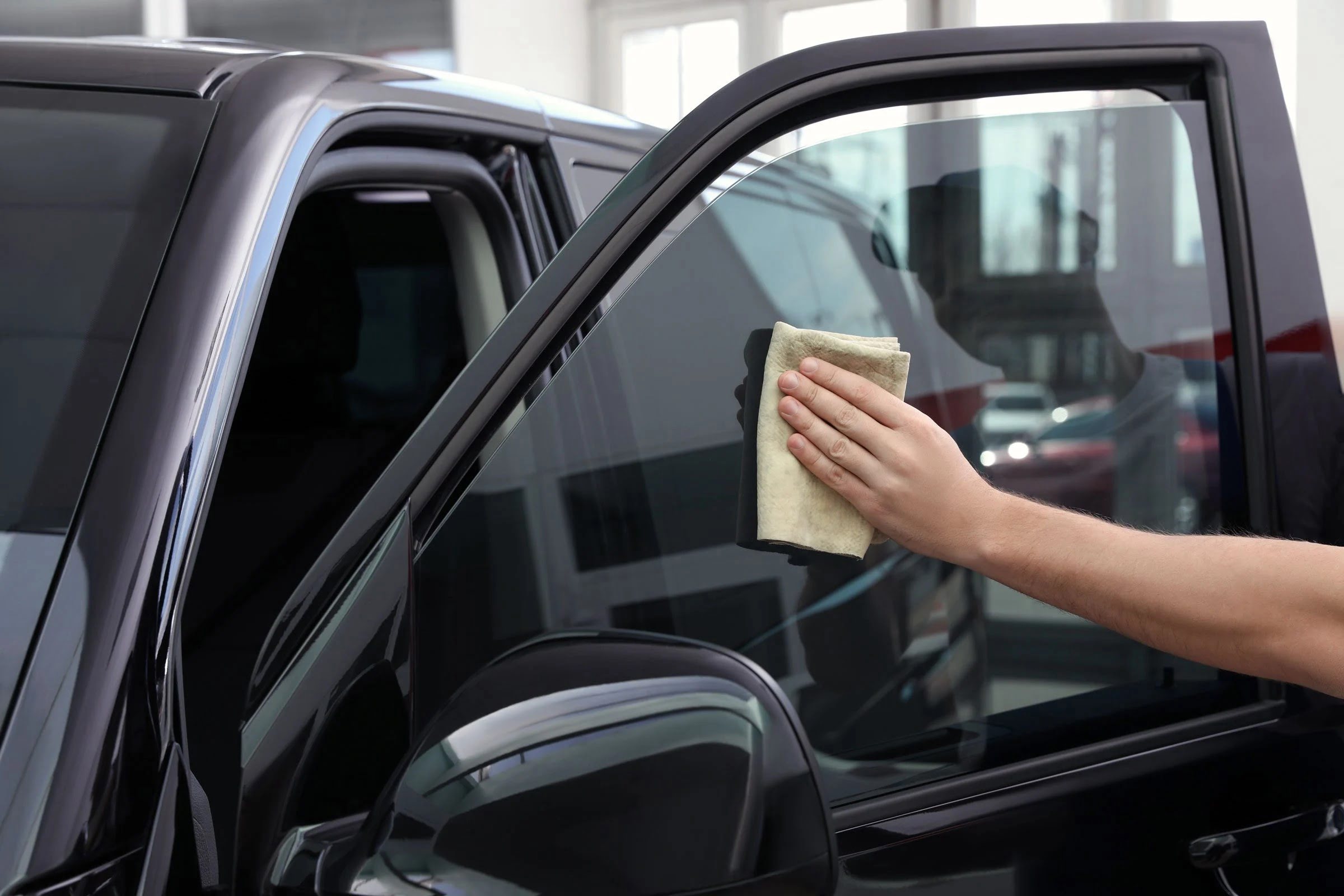

Specialized Home Improvement Topics
How To Stop Squeaky Windows On Car
Published: January 7, 2024
Learn effective methods for stopping squeaky windows on your car with specialized home improvement tips. Keep your car windows quiet and functional with these simple solutions.
(Many of the links in this article redirect to a specific reviewed product. Your purchase of these products through affiliate links helps to generate commission for Storables.com, at no extra cost. Learn more)
Introduction
Are you tired of the annoying squeaking sound coming from your car windows every time you roll them up or down? A squeaky window can be a major nuisance, causing discomfort and frustration during your drive. Fortunately, addressing this issue is easier than you might think. In this comprehensive guide, we will explore the various methods to effectively silence those squeaky windows and restore peace to your car rides.
Squeaky windows are a common problem in many vehicles, and they can stem from a variety of sources. From dried-out rubber seals to misaligned tracks, there are several potential culprits behind the unwelcome noise. By identifying the root cause of the squeak and implementing targeted solutions, you can enjoy smooth and silent window operation once again.
In the following sections, we will delve into the step-by-step process of identifying the cause of the squeak, lubricating the window seals, adjusting the window tracks, and checking for loose or worn components. Each of these measures plays a crucial role in eliminating the source of the squeak, allowing you to regain a peaceful and serene driving experience.
So, if you're ready to bid farewell to those pesky squeaks and regain the tranquility of a quiet car interior, let's dive into the techniques that will help you silence your car windows once and for all.
Key Takeaways:
- Say goodbye to annoying squeaky car windows by identifying the cause and applying targeted solutions like lubricating seals and adjusting tracks for a peaceful driving experience.
- Keep your car windows quiet and smooth by regularly cleaning, lubricating, and inspecting for worn components, ensuring a serene driving environment for miles to come.
Read more: How To Stop Squeaky Stairs
Identifying the Cause of the Squeak
Before delving into the solutions, it’s crucial to pinpoint the exact source of the squeak. This can be accomplished through a systematic process of observation and examination. Start by rolling the window up and down, paying close attention to the location and frequency of the noise. Is the squeak more pronounced when the window is being opened or closed? Does it occur consistently at a particular point along the track?
Once you’ve identified the general area of the squeak, visually inspect the window seals and tracks for any visible signs of wear, damage, or debris accumulation. Oftentimes, squeaks can be attributed to dried-out or deteriorated rubber seals that have lost their flexibility and ability to provide a smooth, noise-free seal. Additionally, misaligned or dirty window tracks can contribute to friction and squeaking during operation.
If the squeak persists, consider enlisting the help of a trusted mechanic or automotive professional to conduct a thorough assessment. Their expertise can be invaluable in diagnosing and resolving complex window-related issues, ensuring that the correct solution is applied.
By taking the time to accurately identify the cause of the squeak, you can proceed with targeted measures to address the underlying issue, ultimately restoring peace and quiet to your car’s interior.
Lubricating the Window Seals
One of the most common causes of squeaky car windows is the deterioration or dryness of the window seals. Over time, rubber seals can lose their flexibility and become stiff, leading to friction and squeaking when the window is operated. Fortunately, this issue can often be remedied through the application of a suitable lubricant.
Before applying any lubricant, it’s essential to thoroughly clean the window seals to remove any accumulated dirt, grime, or debris. A gentle cleaning solution and a soft brush or cloth can be used to gently scrub the seals, ensuring that they are free from any obstructions that could contribute to the squeaking.
Once the seals are clean and dry, select a high-quality silicone-based lubricant specifically designed for rubber components. Apply a small amount of the lubricant to a clean, lint-free cloth, and carefully rub it onto the window seals. Be sure to coat the entire surface of the seals, paying particular attention to areas that exhibit signs of wear or friction.
After applying the lubricant, operate the window up and down several times to allow the product to penetrate the seals and distribute evenly along the contact surfaces. This action helps to restore flexibility and smoothness to the seals, effectively minimizing friction and eliminating the squeaking noise.
Regular maintenance of the window seals, including periodic cleaning and lubrication, can help prevent future squeaks and ensure the longevity of the seals. By incorporating this simple yet effective maintenance routine into your car care regimen, you can enjoy quiet and hassle-free operation of your car windows for miles to come.
To stop squeaky windows on a car, apply silicone lubricant to the window seals and tracks. This will reduce friction and eliminate the squeaking noise.
Adjusting the Window Tracks
Another potential cause of squeaky car windows is misaligned or dirty window tracks. The window tracks play a crucial role in guiding the window as it moves up and down, and any misalignment or debris accumulation can result in friction and unwanted noise. Fortunately, adjusting the window tracks can often resolve this issue and restore smooth, quiet operation to your car windows.
Start by inspecting the window tracks for any visible signs of dirt, debris, or damage. Use a soft brush or cloth to gently clean the tracks, removing any obstructions that may be contributing to the squeaking. Additionally, check for any loose or worn components within the track mechanism, as these can also cause friction and noise during window operation.
If the tracks appear to be clean and free from damage, the next step is to ensure proper alignment. Misaligned window tracks can lead to uneven pressure on the window, resulting in friction and squeaking. To adjust the tracks, locate the adjustment screws or bolts that secure the tracks to the door frame. Loosening these fasteners allows for slight adjustments to the position of the tracks.
With the adjustment screws loosened, carefully reposition the tracks to ensure that they are aligned parallel to the window and provide smooth, even guidance as the window moves. Once the tracks are realigned, tighten the adjustment screws to secure them in place, being careful not to over-tighten and potentially misalign the tracks once again.
After making these adjustments, test the window operation to determine if the squeaking has been eliminated. If the noise persists, consider seeking assistance from a qualified automotive professional who can provide expert insight and guidance in resolving window track issues.
By addressing misalignment and ensuring the cleanliness of the window tracks, you can effectively mitigate friction and squeaking, allowing for quiet and seamless operation of your car windows.
Checking for Loose or Worn Components
When dealing with squeaky car windows, it’s important to thoroughly inspect the various components involved in the window mechanism. Loose or worn parts can contribute to unwanted noise and friction, impacting the smooth operation of the windows. By conducting a comprehensive assessment of these components, you can identify and address any issues that may be causing the squeak.
Start by examining the window regulator, which is responsible for controlling the up and down movement of the window. Check for any loose or damaged components within the regulator assembly, including bolts, brackets, and the regulator motor. Tighten any loose fasteners and replace any worn or damaged parts to ensure the stability and functionality of the regulator.
Next, inspect the window motor and its associated components. A malfunctioning or worn motor can produce unusual noises during window operation, including squeaks and grinding sounds. Ensure that the motor is securely mounted and that its operation is smooth and consistent. If any irregularities are detected, consider consulting a professional to assess and address potential motor issues.
Additionally, examine the window glass itself and its attachment to the regulator mechanism. Loose or improperly secured glass can create friction and noise as it moves within the door frame. Verify that the glass is securely fastened to the regulator and that it moves freely without any signs of binding or resistance.
Lastly, check the door seals and weatherstripping for any signs of wear or damage. Worn seals can allow for excessive movement and vibration of the window, leading to squeaks and rattles. Replace any compromised seals to ensure a snug and secure fit for the window within the door frame.
By meticulously evaluating the window components, including the regulator, motor, glass, and seals, you can identify and address any issues that may be contributing to the squeaky windows. This proactive approach to maintenance and inspection can help restore quiet and trouble-free operation to your car’s windows, enhancing the overall driving experience.
Read more: How To Stop A Squeaky Office Chair
Conclusion
Addressing squeaky car windows is a task that can significantly enhance the comfort and tranquility of your driving experience. By identifying the root cause of the squeak and implementing targeted solutions, you can effectively silence the unwanted noise and restore smooth, quiet operation to your car windows.
Throughout this guide, we’ve explored the importance of identifying the source of the squeak, whether it be deteriorated seals, misaligned tracks, or worn components within the window mechanism. By systematically assessing these factors, you can gain valuable insight into the specific measures needed to resolve the issue.
From lubricating the window seals to adjusting the window tracks and inspecting for loose or worn components, each step plays a crucial role in eliminating the source of the squeak and ensuring the seamless operation of your car windows.
Furthermore, the proactive maintenance and attention to detail outlined in this guide can contribute to the long-term health and functionality of your car’s window system. By incorporating regular cleaning, lubrication, and inspection into your car care routine, you can prevent future squeaks and maintain a quiet and serene driving environment.
Ultimately, by taking a methodical and targeted approach to addressing squeaky car windows, you can enjoy the peace of mind and comfort that comes with smooth, noise-free window operation. Whether you’re cruising down the highway or navigating city streets, the absence of unwanted squeaks will undoubtedly enhance your driving experience and elevate the overall enjoyment of your time behind the wheel.
So, armed with the knowledge and insights provided in this guide, you’re well-equipped to tackle squeaky car windows and restore tranquility to your vehicle. Say goodbye to the aggravating squeaks and hello to the quiet, peaceful ambiance you deserve as you embark on your next journey.
Frequently Asked Questions about How To Stop Squeaky Windows On Car
Was this page helpful?
At Storables.com, we guarantee accurate and reliable information. Our content, validated by Expert Board Contributors, is crafted following stringent Editorial Policies. We're committed to providing you with well-researched, expert-backed insights for all your informational needs.
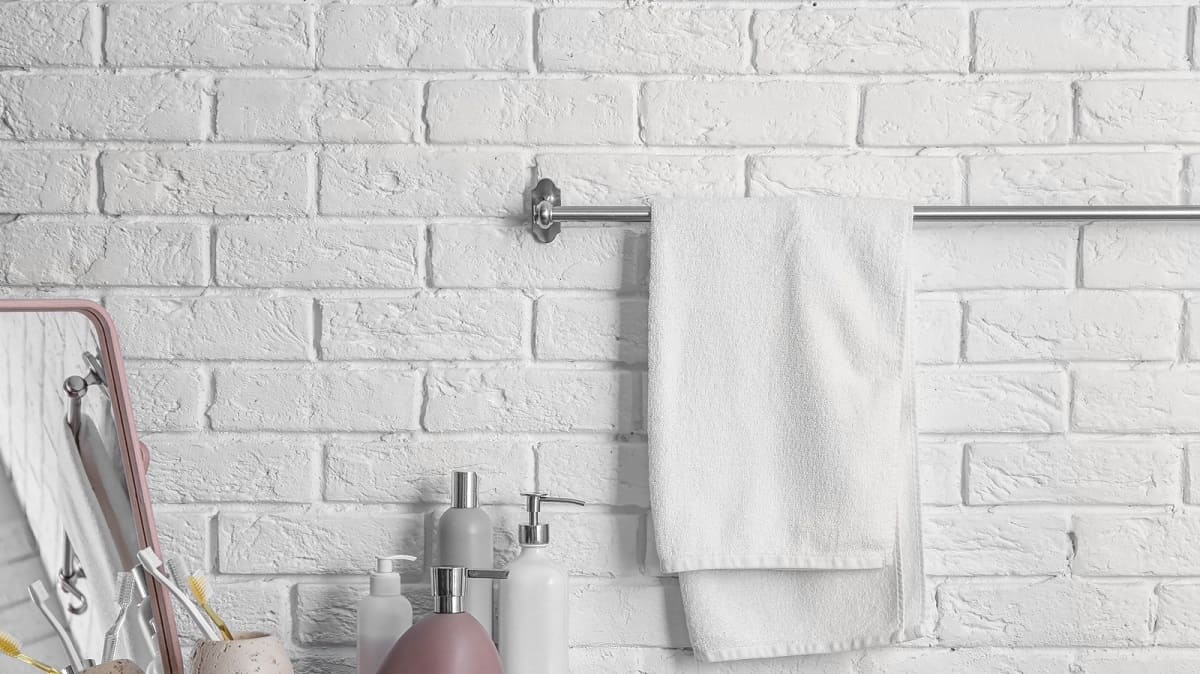

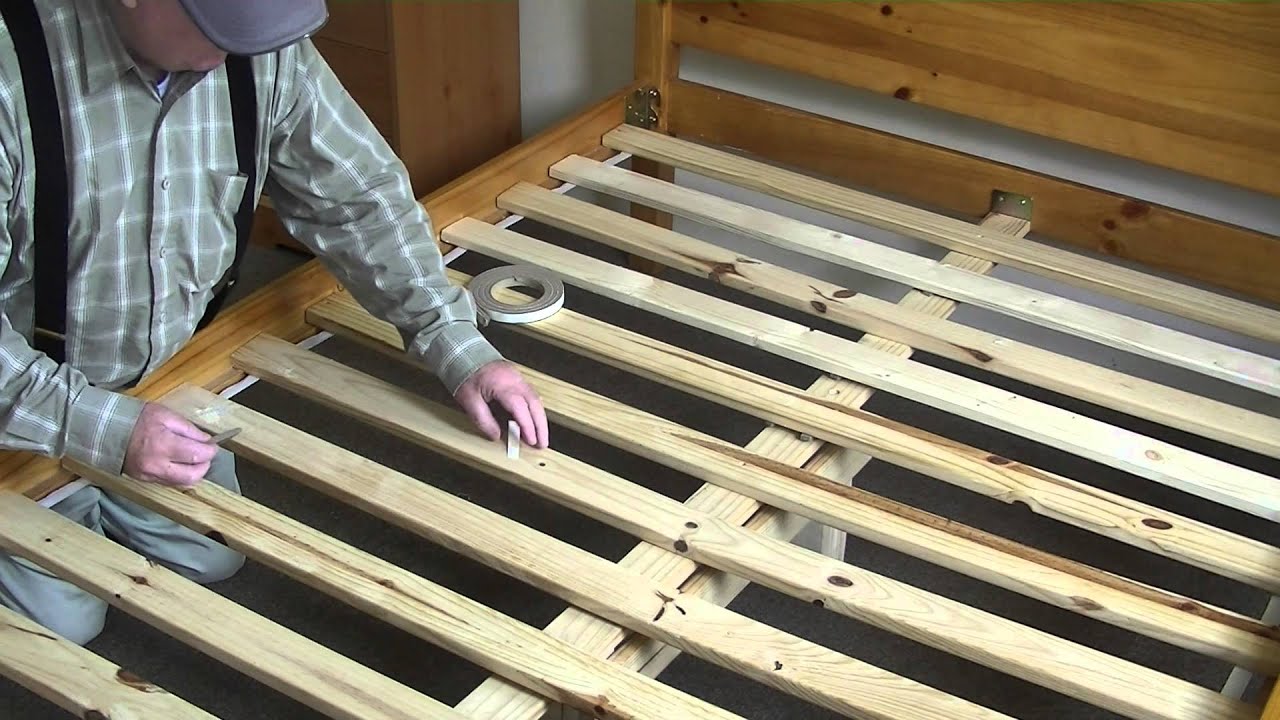
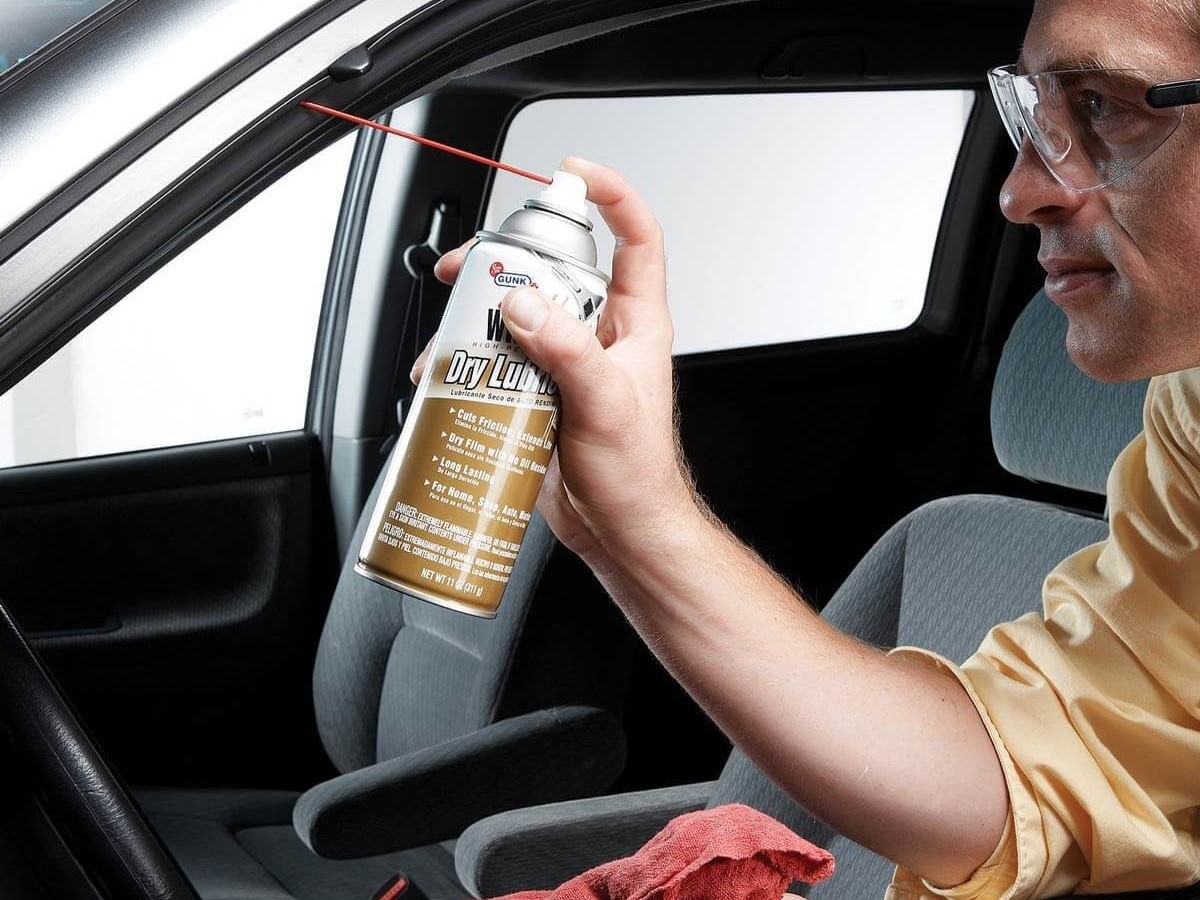

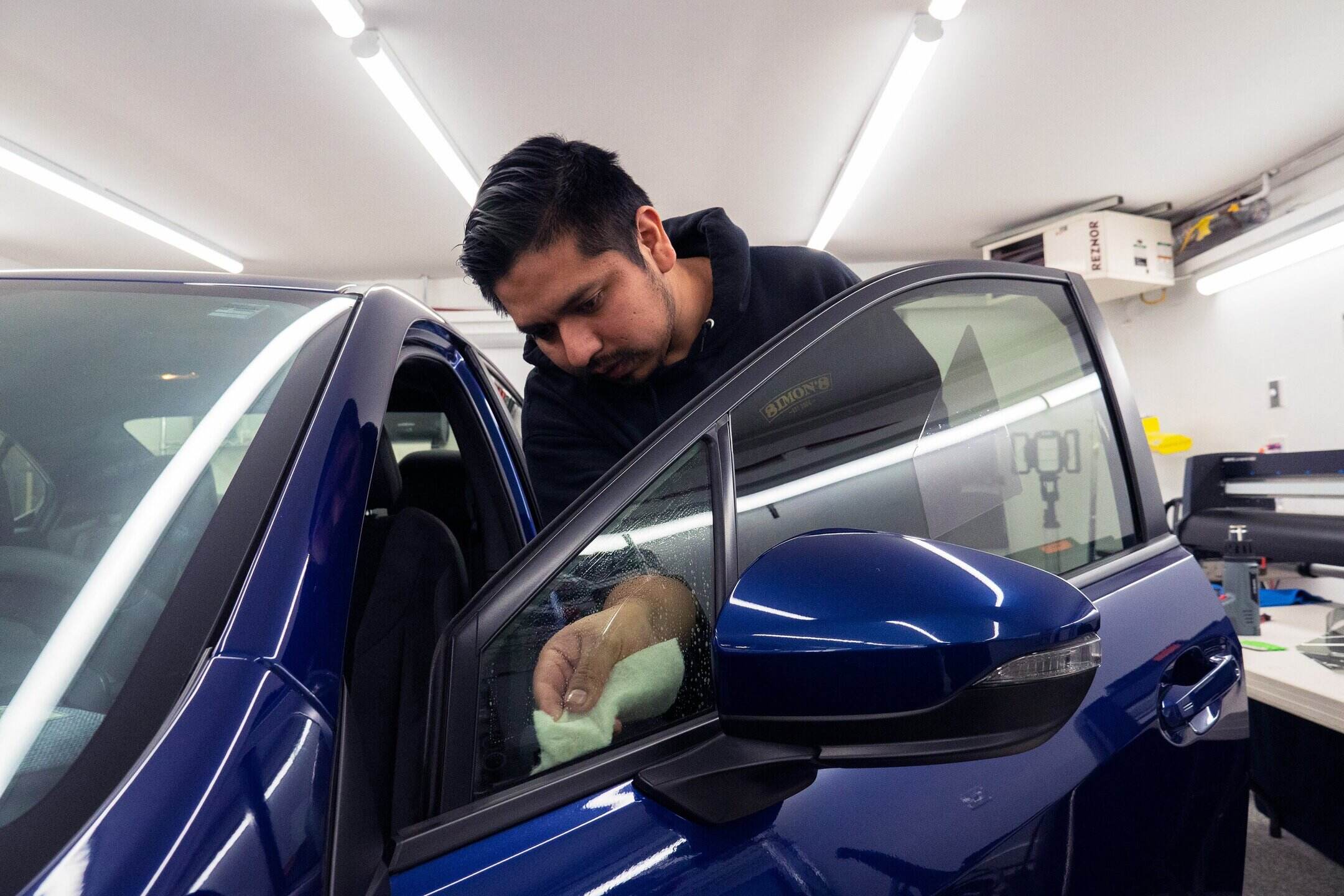

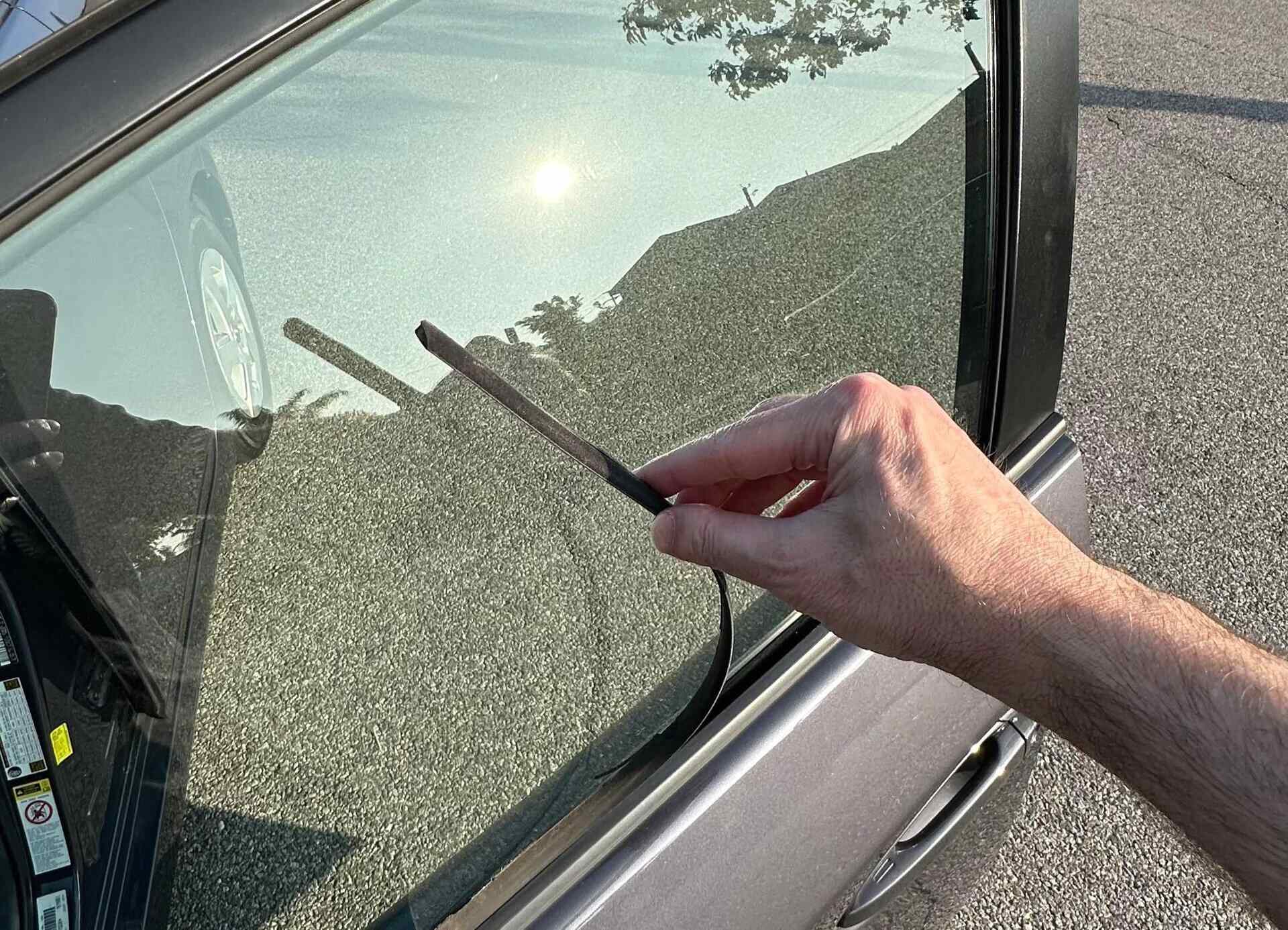


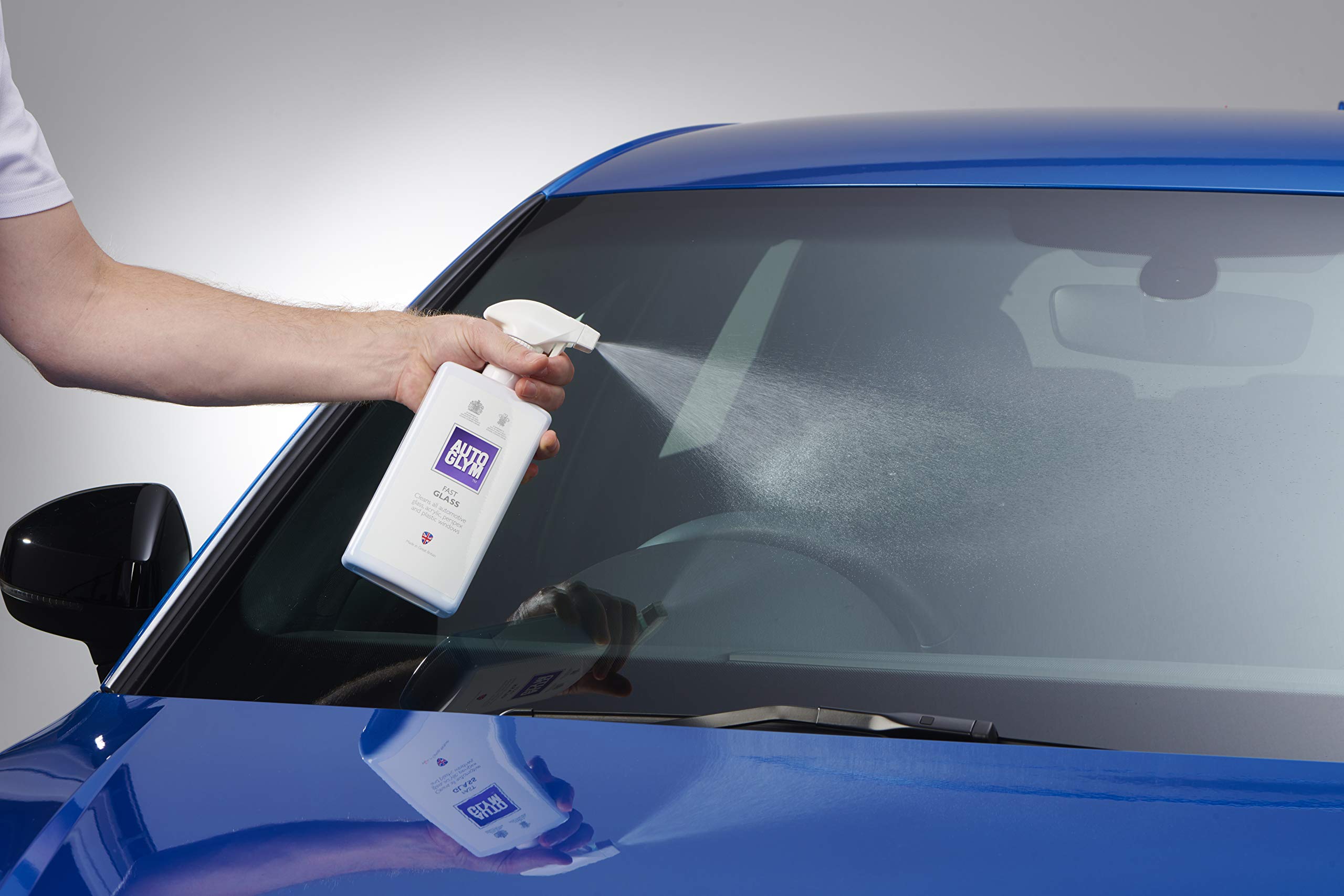
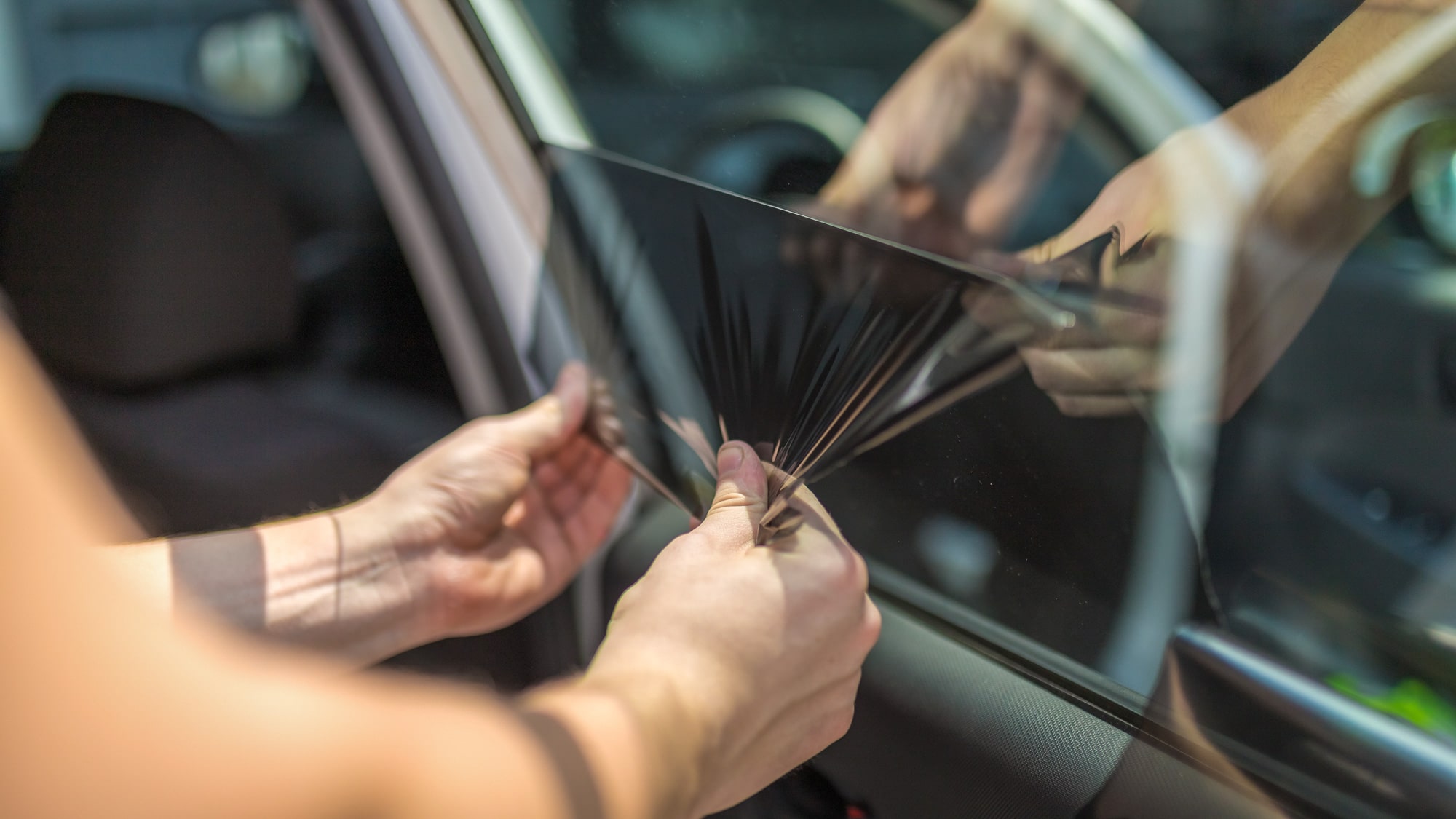
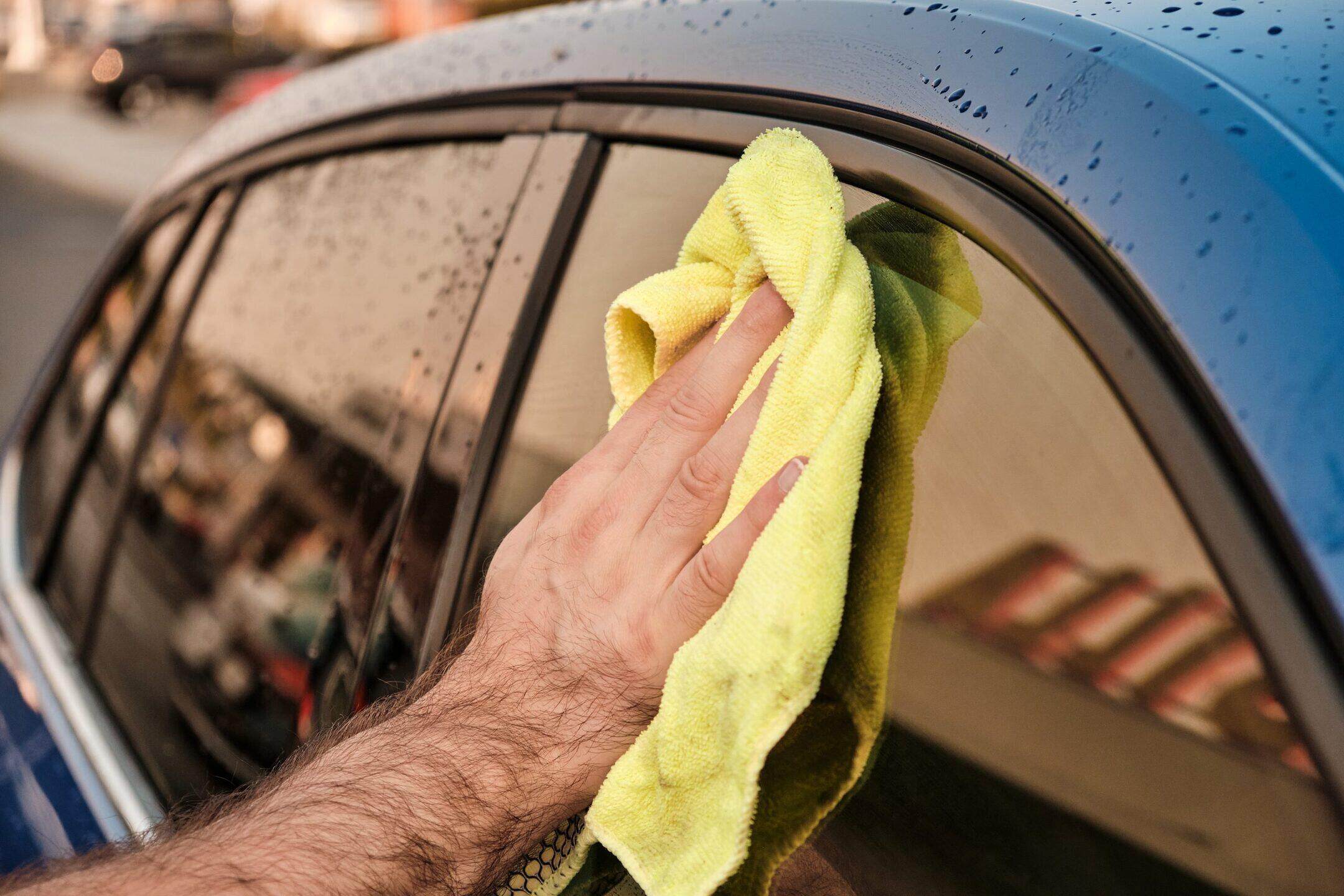
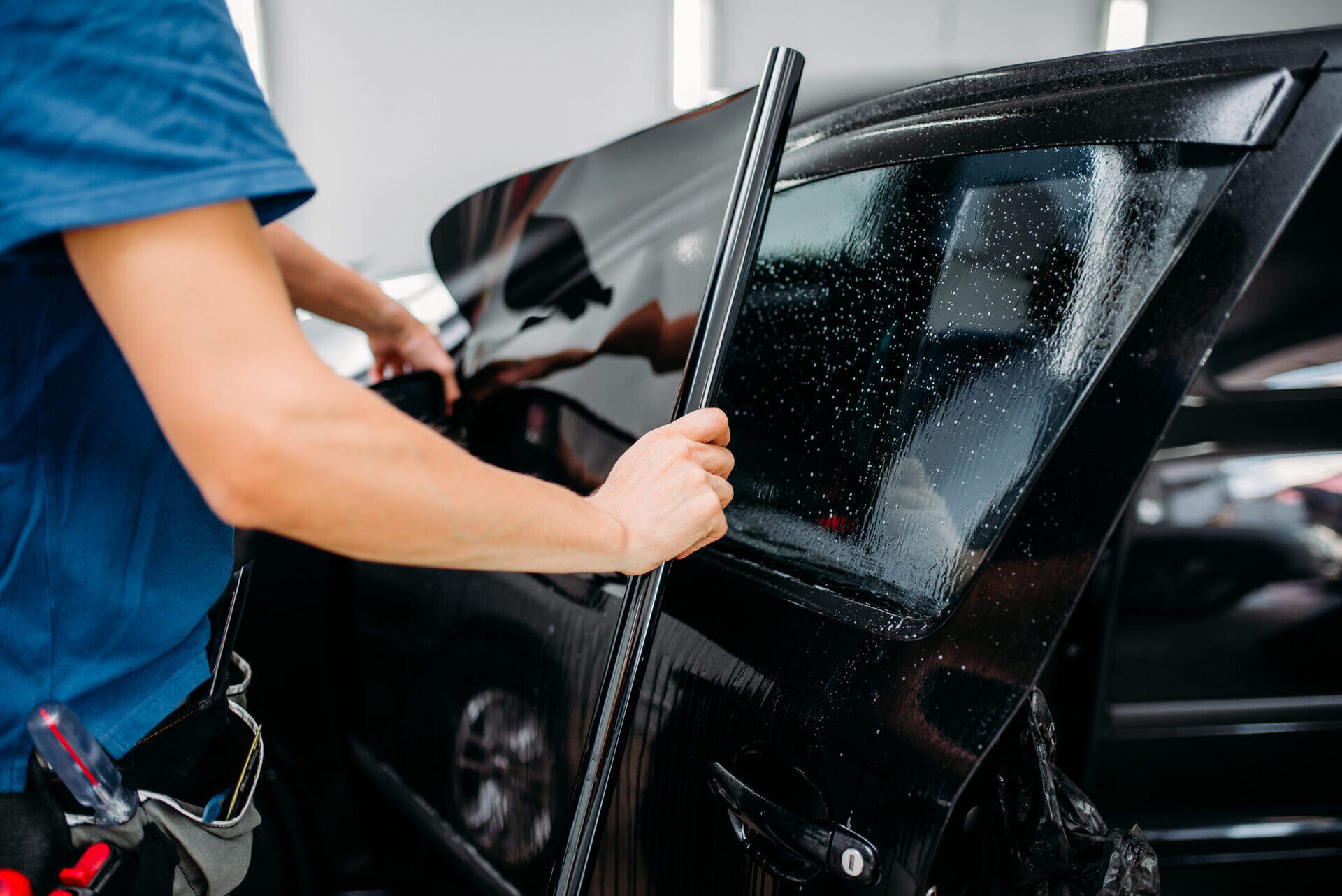

0 thoughts on “How To Stop Squeaky Windows On Car”